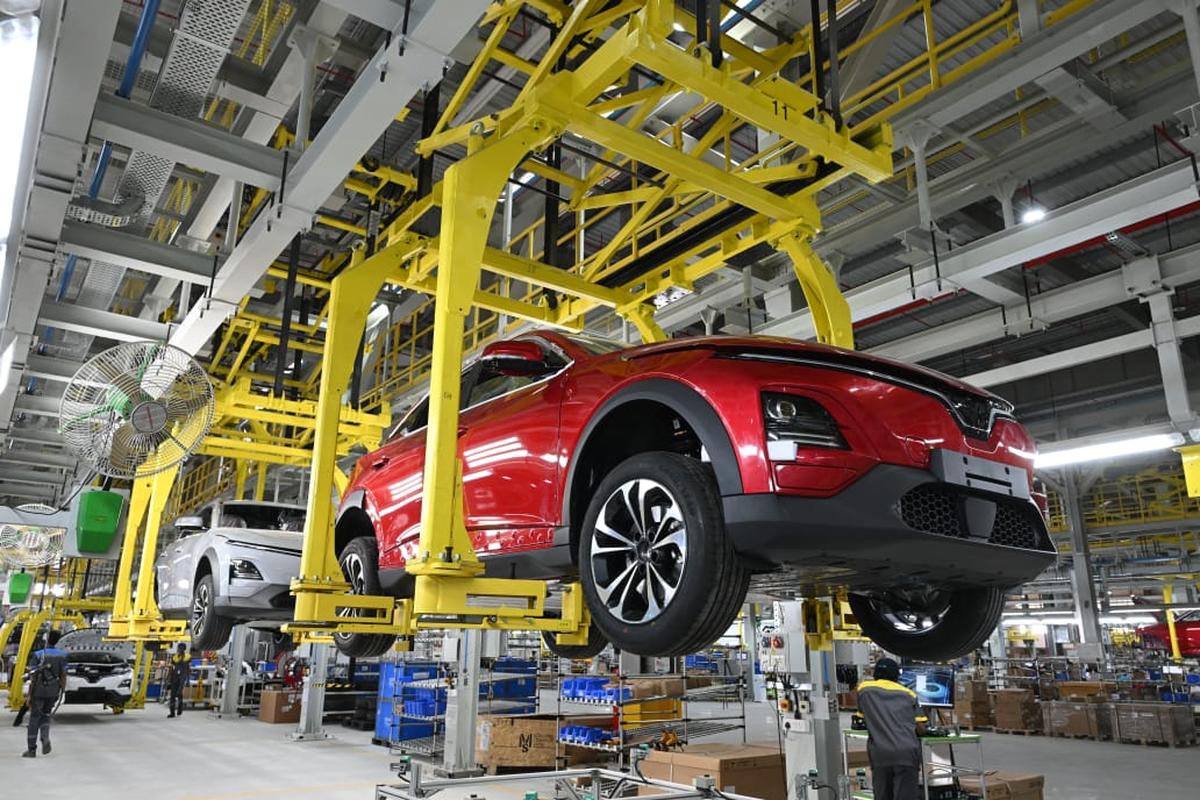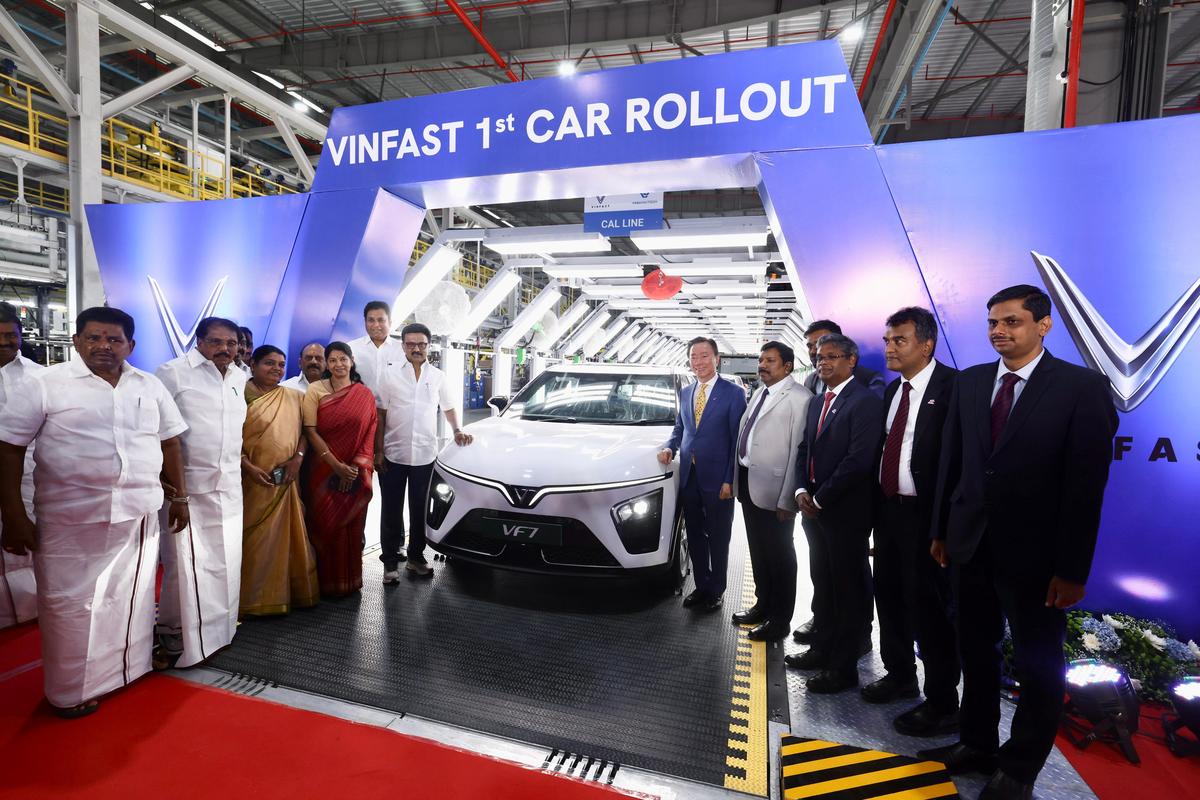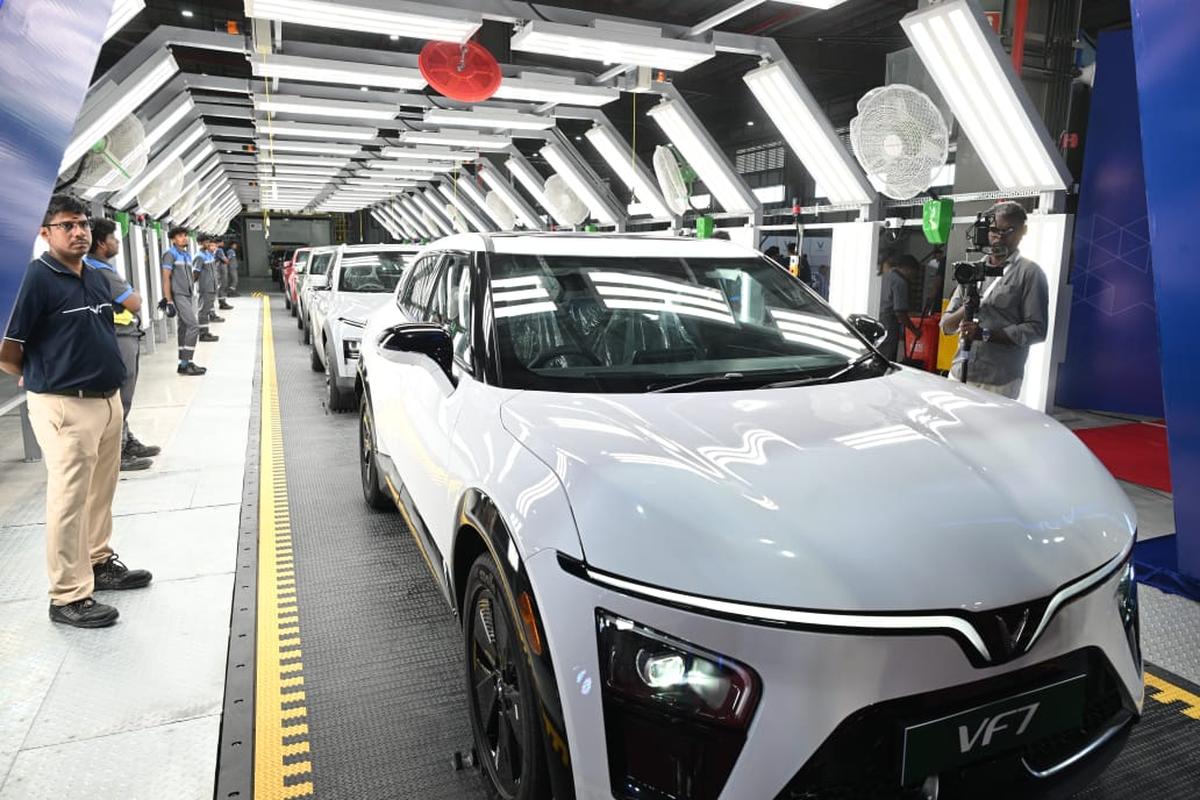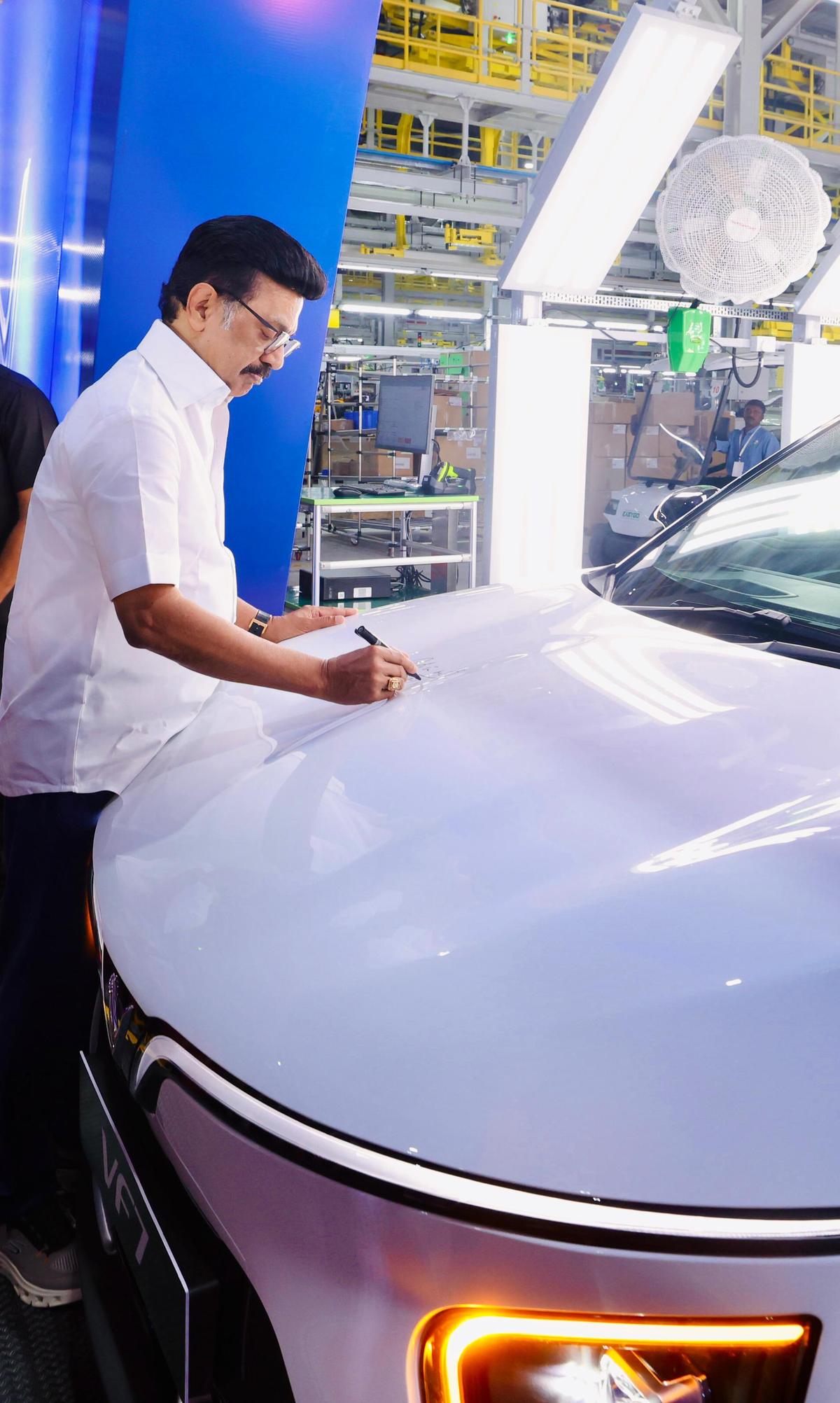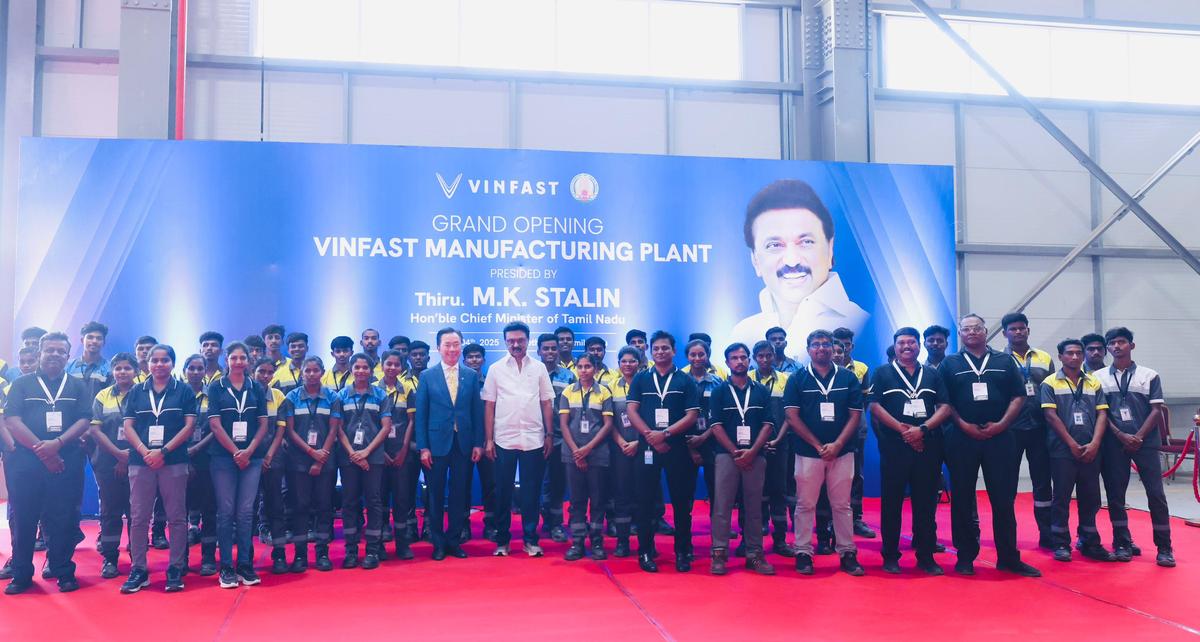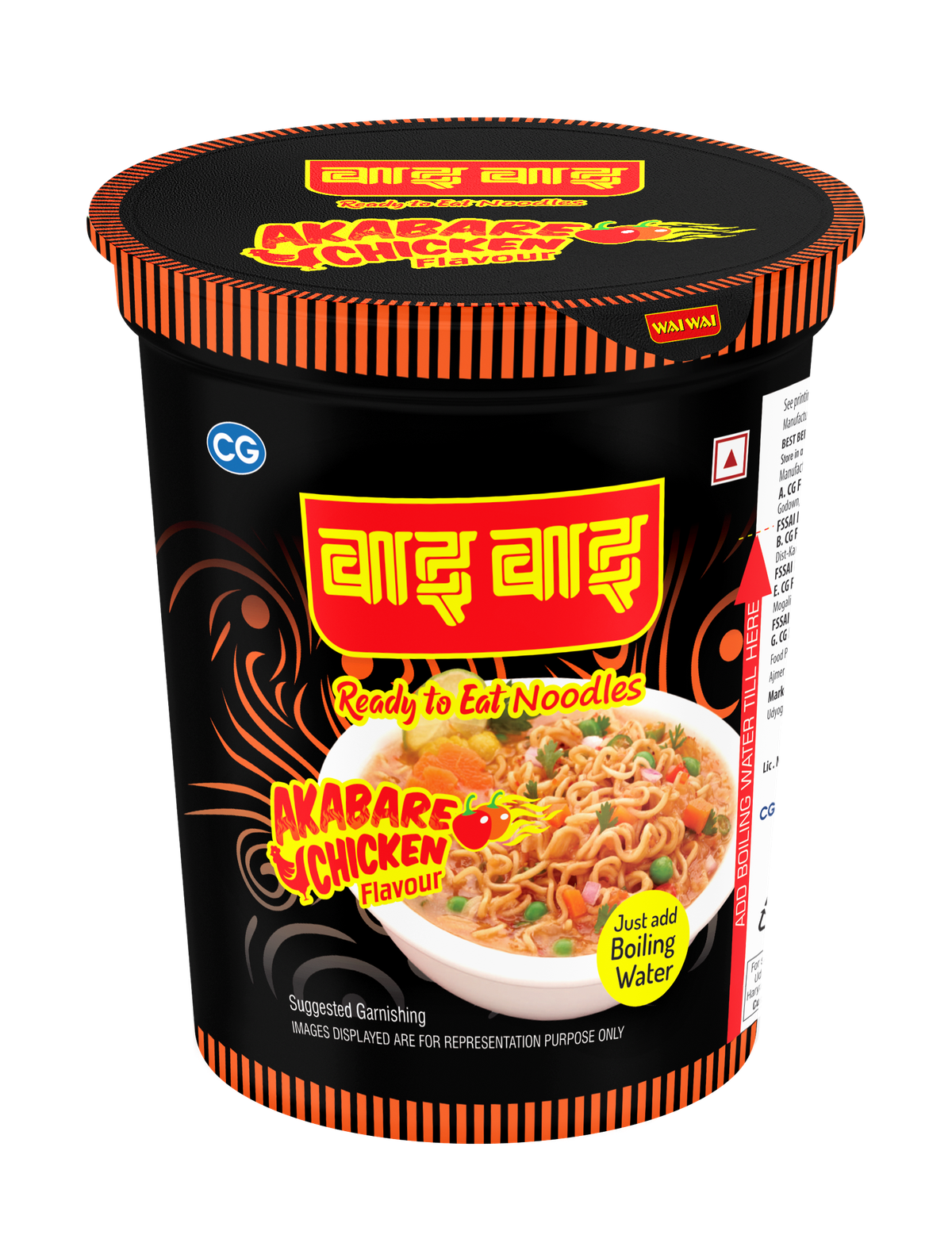Diageo India’s operations added approximately ₹49,000 crore in value to the Indian economy in 2023-24 and the company supported nearly 6.5 lakh jobs in that year said Pahlé India Foundation (PIF), in its report “Economic and Social Impact Assessment of Diageo India”.
Employing the input-output model developed by Nobel Laureate Professor Wassily Leontief, the report which provides an in-depth analysis of the company’s national footprint, has quantified the company’s direct and indirect impact on employment.
Out of the ₹49,000 crore in that specific year (FY 2024) the direct contribution of Diageo India was ₹25,300 crore and the remaining was indirect through the economic activities and demand generated by the company, said Abhishek Jha, the author of the report.
The findings highlight how procurement-related activities are creating forward and backward linkages across various industries encompassing primary agriculture, transportation and logistics, packaging, hotels, trade, and tourism.
In addition to traditional financial metrics, the report has covered factors such as employee satisfaction, sustainability initiatives, corporate social responsibility (CSR) activities, as well as fiscal contributions to government revenues.
In sustainability front, the company in FY 2025 had cut water consumption by 11%, water withdrawal by 10%. This was achieved as a result of efforts made at the plant level. The company improved its water-use efficiency by 48% in distilleries and by 31% in packaging, as per the report.
The company had also eliminated coal use, and reduced Scope 1 and Scope 2 emissions by 87% and 98% respectively.
As a part of decarbonisation strategy, the company increased its in-house solar energy capacity to 2.6 MW and achieved 98.6% renewable energy use status in direct operations, according to the report.
The company spends approximately ₹20 crore on CSR programs each financial year, impacting over 1,00,000 people across various regions.
The programs are focused on community development, increasing agro-produce and agri-income, healthcare, water access, providing sanitation facilities, women’s empowerment, and livelihood generation around the company’s 36 manufacturing facilities across several states.
Rajiv Kumar, Chairperson, PIF, said: “The alcobev industry stands at the crossroads of agriculture, logistics, tourism, and retail. With targeted reforms to improve ease of doing business, especially in taxation and interstate trade, India can become a key player in the $5.7 trillion global spirits market by 2032.”
“We must recognise that India cannot become ‘first’ unless the private sector is empowered. Anchor investors, such as Diageo, are vital to this transition. If the company can deepen its cultural and social presence, it can contribute to redefining India’s global manufacturing footprint,” he said.
“Simplifying licensing norms and harmonising excise policies across states will be critical to making ‘Made in India’ alcobev products globally competitive,” he added.
Praveen Someshwar, Managing Director and Chief Executive Officer, Diageo India in a statement said, “As India embarks on its transformative journey towards Viksit Bharat, Diageo India remains a committed partner in this endeavour, contributing to India’s emergence as a global economic powerhouse by 2047.”
“Our alignment with the nation’s priorities — driving investments, fostering innovation, creating jobs, advancing sustainability, and enabling inclusive progress — reflects our commitment to shaping a future that is both prosperous and inclusive,” he said.
“This Economic and Social Impact Assessment by Pahlé India Foundation highlights our strategic investments in people, partners, and national development,” he added.



